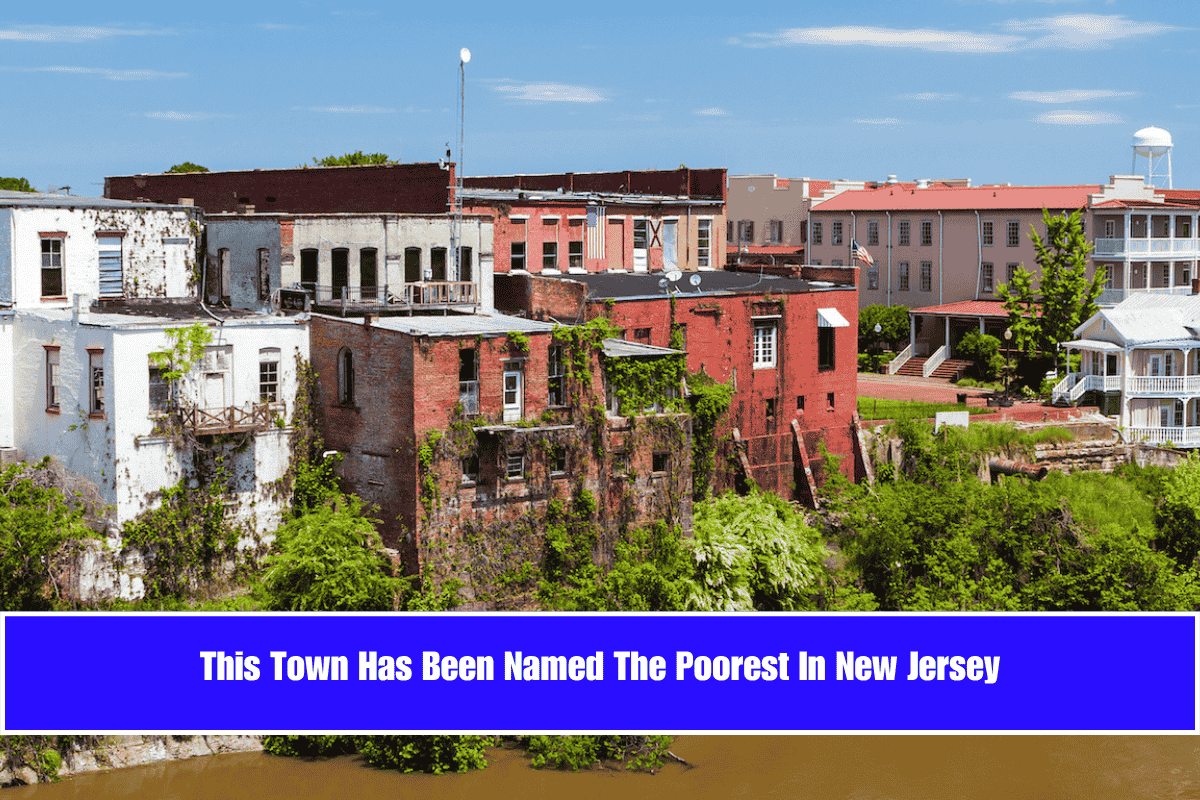Salem, a small city in Salem County, has been officially named the poorest town in New Jersey according to a recent 24/7 Wall Street report. This distinction is based on several key economic indicators, including median household income, poverty rates, and reliance on government assistance, which starkly contrast with state and national averages.
Economic Hardship in Salem
Salem’s economic challenges are severe and persistent. With a population just over 5,000, the median household income in Salem is only $26,667 per year. This figure is dramatically lower than New Jersey’s statewide median of $89,703, highlighting the depth of financial struggle faced by many residents. To put this in further perspective, most American households earn over $69,000 annually, making Salem’s income level not only the lowest in the state but also well below the national average.
The poverty rate in Salem is strikingly high. According to the U.S. Census Bureau, 31.2% of Salem’s residents live below the poverty line. This is nearly four times the statewide poverty rate, underscoring the prevalence of economic hardship within the community.
Reliance on Government Assistance
The reliance on government aid in Salem is another indicator of the town’s financial struggles. Over one-third of households in Salem-35.2%-receive Supplemental Nutrition Assistance Program (SNAP) benefits, commonly known as food stamps. This is a stark contrast to the New Jersey average, where only 8.4% of households rely on SNAP. Such a high rate of assistance reflects both the limited employment opportunities and the ongoing challenges residents face in meeting basic needs.
Housing and Property Values
Housing values in Salem further illustrate the economic divide. The typical home in Salem is valued at just $59,100, compared to the New Jersey average of $355,700. Low property values are both a symptom and a cause of economic distress, as they limit residents’ ability to build wealth and restrict the city’s tax base, which in turn affects public services and infrastructure.
Demographic Snapshot
Salem’s population is relatively stable, with a slight growth rate of 0.17% annually and a median age of 36.1 years2. The city’s average household income is reported as $55,708, but the median-often a more telling figure in communities with significant income inequality-remains much lower at $26,667. This suggests that while a small number of households may have higher incomes, the majority are struggling.
Broader Context
Salem’s economic plight is not unique, but it is among the most severe in New Jersey. Other towns, such as Bridgeton, also report high poverty rates and low median incomes, but Salem’s combination of low income, high poverty, and heavy reliance on government assistance places it at the bottom of the state’s economic rankings.
Salem’s designation as the poorest town in New Jersey is a stark reminder of the economic disparities that exist even in one of the nation’s wealthiest states. The challenges faced by Salem’s residents-low incomes, high poverty, and limited access to resources-underscore the need for targeted economic development and support programs. As inflation and economic uncertainty continue to affect families across the country, towns like Salem highlight the importance of addressing poverty at the local level to ensure that all residents have the opportunity to thrive.
Sources
[1] https://catcountry1073.com/30-richest-30-poorest-new-jersey-neighborhoods-2025/
[2] https://worldpopulationreview.com/us-cities/new-jersey/salem
[3] https://www.census.gov/quickfacts/fact/table/salemcitynewjersey/PST045224
[4] https://247wallst.com/income/2024/05/08/towns-in-new-jersey-with-the-worst-poverty/
[5] https://nj1015.com/new-report-says-this-is-the-poorest-town-in-new-jersey/















